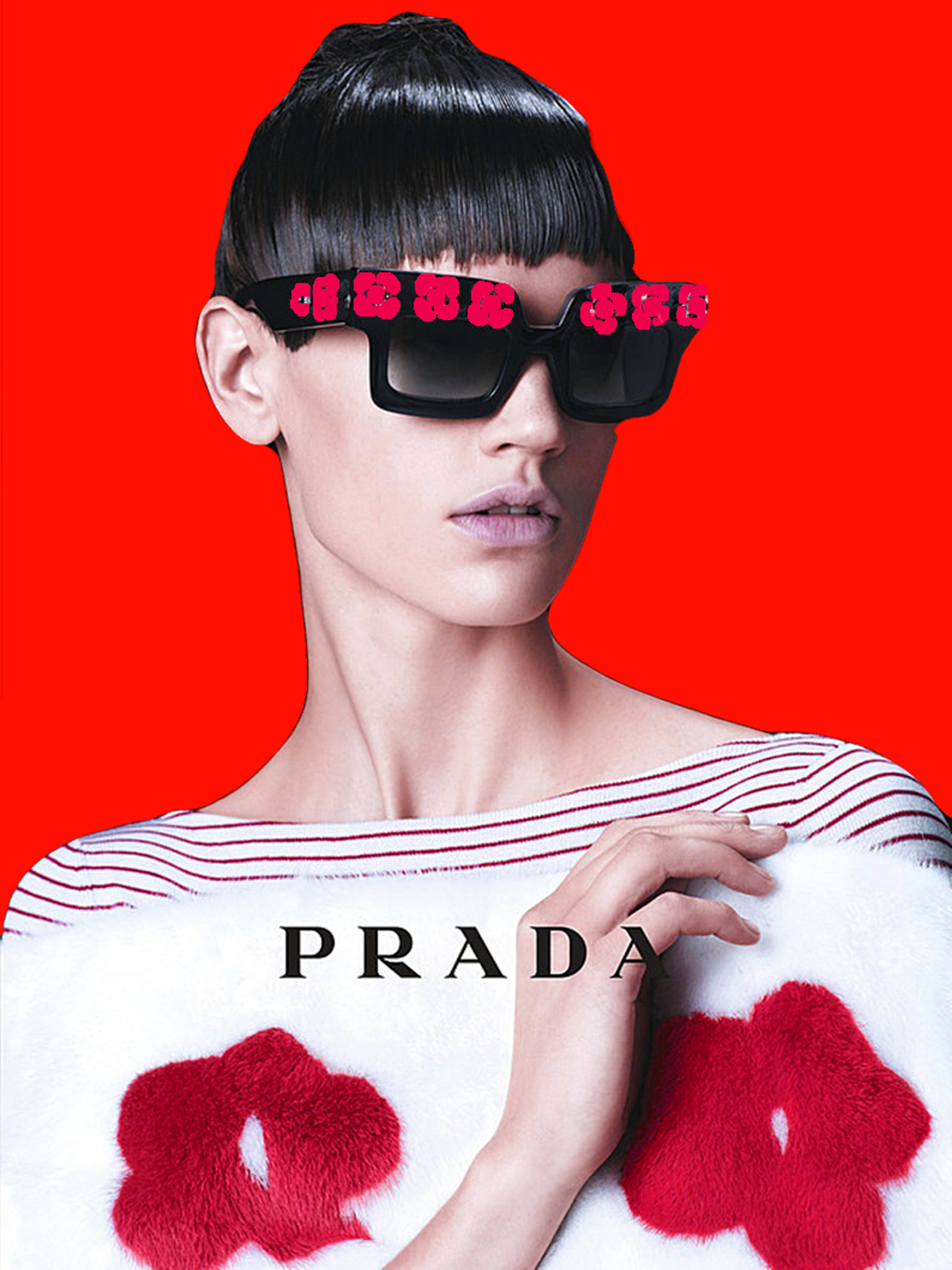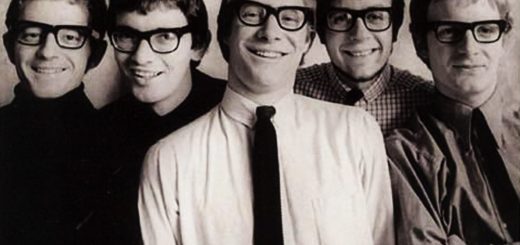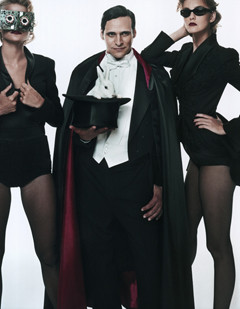The threat to Luxottica
Last post I noted that Luxottica had guarded themselves pretty well from their licensors going in-house for eyewear. In recent years they’ve avoided licensing from the luxury goods conglomerates, which were always the most likely to go in-house. Truth is, though, Luxottica is still vulnerable. Maybe not as much as Safilo, but vulnerable.
I recall once reading that Prada and Miu Miu combined represented close to a billion dollars in eyewear sold per year for Luxottica. Since the source document has vanished from my computer, let’s just say Prada’s name sells a few hundreds of millions worth of eyewear any given year. I figured I’d read Prada’s annual report to see how much actual money they got from their license deal. To my astonishment their total royalties income (from all sources!) was less than 40 million euros.
It seemed a low number, considering their branding substantially made all those sales. I’m sure Prada thought so, too. That’s probably why they left their license with Luxottica in 1999 and formed their own optical company in partnership with De Rigo.
What was the result? Sales plummeted, and by 2002 they were back with Luxottica, who promised to nearly quadruple their sales in a year.
Another way to understand the might of Luxottica’s distribution is by asking yourself the question: Which brand has the higher Q Score, Dior or Prada? Worldwide, I’d say it’s pretty close, but Dior Eyewear, manufactured and distributed by Safilo, only generates roughly 1/3rd of Prada Eyewear’s revenue.
And Safilo is no penny ante operation. Obviously Kering won’t even be able to match them at first. But the real question for the luxury conglomerates is whether net revenues will top the royalties they’d received. This is certainly achievable.
All this raises a question: Does the brand name drive distribution or does distribution drive the brand? At what point does the strength of one outweigh the strength of the other? We’ll ponder that some more soon.
LVMH and Kering were great candidates for forming their own distribution networks because they have many, many lines they can offer, each with its own brand identity. Each can fill different niches in the market thereby generating more money collectively while sharing infrastructure and enjoying economies of scale.
But what about more solitary giants like Prada, Chanel and Armani?
Having basically one brand each, it probably wouldn’t pay for each to set up costly infrastructure just to distribute their individual brand. But there’s another way: They could pool their resources and form a joint manufacturing and distribution company. Such cooperation between titans is not unprecedented. Sony Music Entertainment, Universal Music Group and Warner Music Group did something similar in creating the video hosting platform Vevo.
Manufacturing and distribution, to a great extent, can be bought, and such a partnership would have plenty of money. Prada has a market cap of about $11B. Giorgio Armani is fully owned by Giorgio Armani himself, and has valuation of about $8B. Alain and Gerard Wertheimer own Chanel, which has a valuation of about $20B.
Put another way, you’re a sales rep. You’re currently doing well, but you’re offered substantial first and second year bonuses, guaranteed, to start carrying Chanel in your territory. Their new line is really good and a newly formed giant company is pumping big resources into infrastructure and they’re not disappearing anytime soon. The Chanel name beats the line you’re currently carrying. There’s a chance to make substantially more money going forward. Would you switch?
This would be a nightmare scenario for Luxottica. I wouldn’t write it off as completely unlikely either. If the thought’s occurred to me, I’m sure it’s occurred to one or more of those companies. In such a situation, Luxottica would either have to raise royalties or, maybe, partner with the new entity, like Safilo partnered with Kering Group.
Something like this is the one thing Del Vecchio couldn’t entirely hedge against. It would be a logical “next shoe to drop” in the current industry environment.
.
.
.
More soon. If you want to know exactly when, please subscribe.






One again Moss, insight non pareil! I just think that going forward “distribution” w/reps won’t be relying on indie ECPs as much as in the past. Why woukd these brand powerhouses want an optical “middleman” in the space between them and their true customer, the consumer, anymore. In addition, the indie opticals that are gonna survive and even thrive will not do so by relying on traditional name-branded merchandise. As an optician, I’m repositioning myself to glaze and service *any* optical goods, no matter where they’re bought.
It’s the new reality of optical.
Informative article. However, the quote from the annual report, “For the years ended December 31, 2014 and 2013, no single license agreement represented greater than 5.0% of total sales.” has nothing to do with royalty rates. This is a financial disclosure having to do with sales concentration risk, i.e. being overly reliant on the sales of one licensed brand for survival. So let’s say for example that Lux’s annual sales are 10 billion euro. All this says is that no one licensed brand accounts for more than 500 million (i.e. 5%) of sales. In other words, Prada sales are less than 500 million euros.
I believe actual lux sales are somewhere closer to 9 billion euro.
If the Kering experiment works out, this could be very problematic for Lux. Brands will realize they can create their own prescription eyewear without Lux.
Point’s still the same. The licensed name generates much cash, the licensor gets much less cash.
Though ostensibly safer licenses, due to lack of branding diversity, the risk factor is still significant. And you can bet Bulgari will ultimately produce and distribute through Marcolin/LVMH.
If they pool resources with other companies in their position to create infrastructure, the bar isn’t very high, in terms of smaller distribution with a higher net being more lucrative than licensing.
its very nice info
Thank you.
Informative post, like it.
I try.
This is really informative post.
Thanks.
Hi, I am a Digital Marketing expert Shop the largest selection of designer glasses online for Free Shipping and Easy Returns on all Eyeglasses and prescription sunglasses for men, women, and kids.
I’ve always wondered what criteria one needs to be an expert in digital marketing. Is it an academic degree? Is it like a black belt test where you beat all the other digital marketers on the mat?